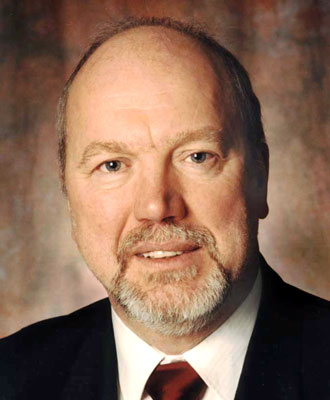Unless the capacity is exceeded, we will not respond to your email. Attendance is free, just bring along your lunch.
RSVP NOW for the next Microseismic User Group (MUG) event.
If you have any questions, please contact:
Paige Mamer, Paige.Mamer@tgs.com,
Johnny Wentzel, Johnny.Wentzel@esgsolutions.com
Abstract
Governments and the public are increasingly concerned over induced and triggered seismicity associated with oil and gas recovery, hydraulic fracturing and also potential ground water contamination associated with these activities. Deep geological disposal of radioactive waste is also an issue that highlights the need to characterize/quantify induced fractures and rock permeability during the excavation and sealing of repositories. This presentation will highlight these issues and show how laboratory earthquakes at various scales can provide a method for geophysical characterization of induced fracturing, seismicity and fluid flow in fractured rock and contribute to understanding how these processes scale from laboratory to in situ conditions.
Biography
Professor Paul Young is Professor of Geophysics and formerly Vice-‐President (Research) at the University of Toronto (2007-14). He has a Ph.D. in Geophysics, M.Sc. in Rock Mechanics and a B.Sc. in Geological Sciences. He has held the Keck Chair in Seismology and Rock Mechanics at the University of Toronto, the Chair of Earth Science at the University of Liverpool and has been President of the British Geophysical Association. He has been awarded many honors for his research and innovation, notably, Fellow of the Royal Society of Canada, the Willet G Miller Gold Medal of the Royal Society of Canada for his research in earth sciences, the Queen Elizabeth II Diamond Jubilee Medal for Scholarship and the John A. Franklin Award for Rock Mechanics by the Canadian Geotechnical Society. He is also a Fellow of the American Association for the Advancement of Science and is a Chartered Engineer. Over the past 30 years, Professor Young has pioneered techniques used today in monitoring and interpreting induced seismicity in the mining, petroleum and nuclear waste disposal industries. Through his research groups at Queen's University and the University of Toronto, Canada, Keele University and Liverpool University, UK, as well as through spin off companies such as the Engineering Seismology Group, Canada and Applied Seismology Consultants, UK, significant scientific advances have been made in seismology and rock mechanics. He has published over 220 scientific papers in refereed journals and conference proceedings, supervised over 40 Ph.D. students and post-‐doctoral research fellows and developed innovative instrumentation systems for induced seismicity/acoustic emission monitoring. Professor Young’s research is focused on rock fracture dynamics and induced seismicity with application to natural geologic hazards such as earthquakes and volcanic activity and engineering applications such as mining, hydrocarbon recovery, hydraulic fracturing and deep underground storage for nuclear waste isolation and CO2 sequestration.





